Home>Technology>Smart Home Devices>How To Calibrate A Printer
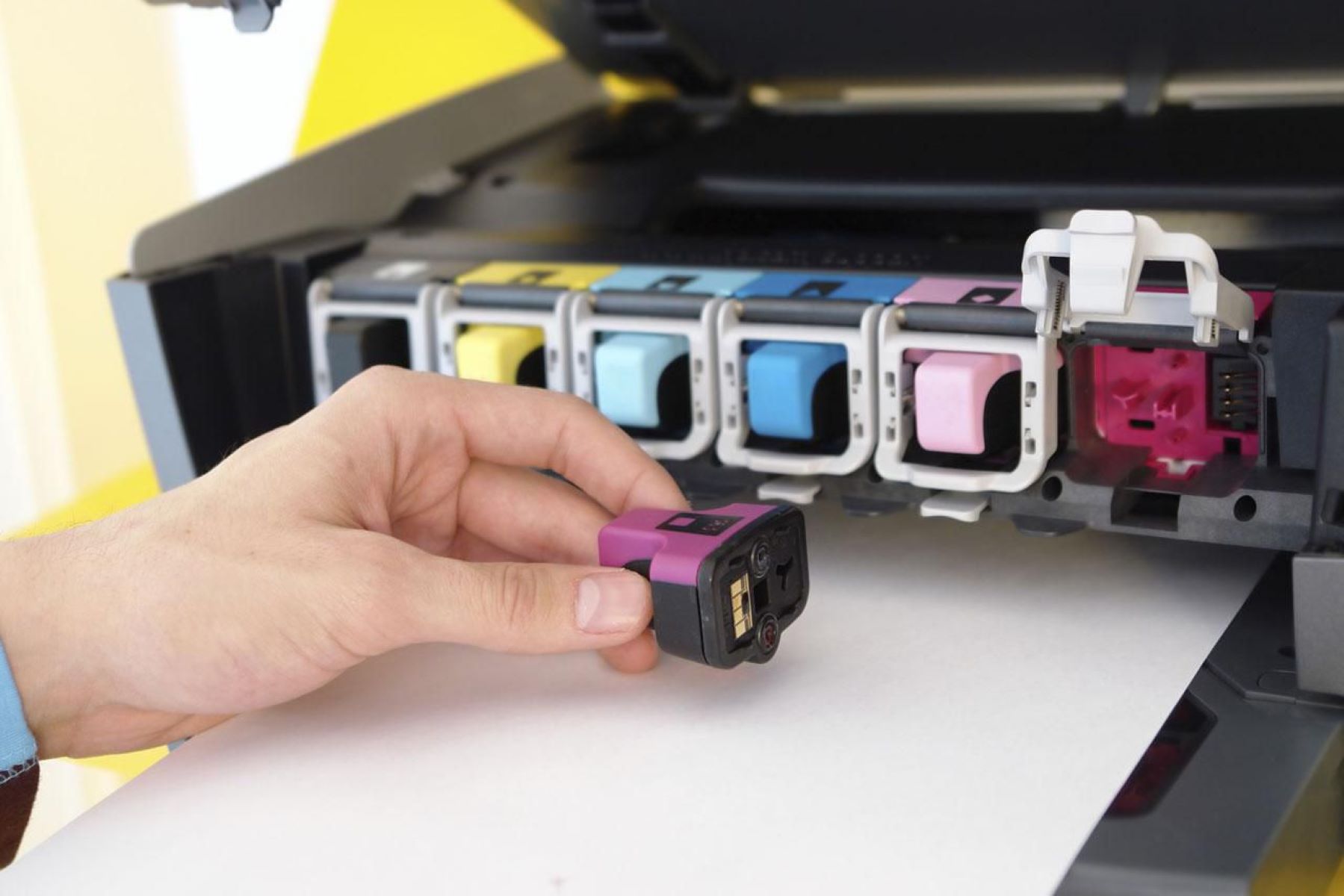

Smart Home Devices
How To Calibrate A Printer
Published: January 18, 2024
Learn how to calibrate your printer for optimal performance with our step-by-step guide. Ensure your smart home devices produce high-quality prints.
(Many of the links in this article redirect to a specific reviewed product. Your purchase of these products through affiliate links helps to generate commission for Storables.com, at no extra cost. Learn more)
Introduction
Welcome to the world of smart home devices, where the integration of technology and convenience has revolutionized the way we interact with our living spaces. Among the myriad of smart home devices available, smart home printers stand out as essential tools for seamlessly bringing the digital and physical worlds together. However, to ensure optimal performance and output quality, it is crucial to understand and implement printer calibration.
In this comprehensive guide, we will delve into the intricacies of printer calibration, providing you with the knowledge and steps needed to achieve precise and consistent results. Whether you are a seasoned professional or a novice enthusiast, mastering printer calibration will elevate your printing experience to new heights.
Key Takeaways:
- Mastering printer calibration ensures your smart home printer delivers top-notch quality and accuracy for all your printing needs, from photos to documents.
- By preparing, calibrating, and verifying your printer, you can unleash its full potential, producing stunning, true-to-life prints with remarkable fidelity and detail.
Read more: How To Calibrate A Zebra Printer
Understanding Printer Calibration
Printer calibration is the process of adjusting the settings and parameters of a printer to produce accurate and consistent output. This meticulous procedure ensures that the colors, tones, and dimensions of printed materials align with the intended specifications, resulting in high-quality and true-to-life reproductions of digital content.
One of the primary aspects of printer calibration involves color management. This encompasses the precise adjustment of color profiles, ensuring that the printer faithfully reproduces the colors as they appear on the screen. By calibrating the printer, discrepancies between the digital image and the printed output can be minimized, leading to a more accurate representation of the original content.
Furthermore, printer calibration addresses issues such as print head alignment, paper feed accuracy, and print density. These adjustments are vital in achieving sharp, well-defined prints with consistent color accuracy and clarity. Whether you are printing photographs, documents, or artwork, proper calibration is essential for maintaining the integrity of the printed material.
Understanding the intricacies of printer calibration empowers users to optimize their printing devices for various media types and applications. By fine-tuning the printer’s settings, individuals can achieve professional-grade results, whether for personal projects or professional endeavors.
As technology continues to advance, the importance of printer calibration becomes increasingly pronounced. With the proliferation of high-resolution displays and digital content, the demand for precise and faithful print reproduction has never been greater. By comprehending the nuances of printer calibration, users can harness the full potential of their printing equipment, unlocking the ability to produce stunning, true-to-life prints with remarkable accuracy and detail.
Preparing for Printer Calibration
Before embarking on the printer calibration process, it is essential to make adequate preparations to ensure a smooth and successful calibration experience. Here are the key steps to prepare for printer calibration:
- Gather Essential Tools: Begin by assembling the necessary tools for the calibration process. This may include a calibration kit, which typically comprises color calibration devices, test patterns, and software designed for printer calibration. Additionally, ensure that the printer is in optimal working condition, with an adequate supply of ink or toner and compatible printing media.
- Establish a Controlled Environment: Create a controlled environment for calibration to minimize external factors that could impact the accuracy of the process. Ensure that the lighting in the room is consistent and free from glare, as variations in lighting can affect color perception and calibration results. Additionally, maintain a stable temperature and humidity level to prevent fluctuations that may influence print quality.
- Review Printer Documentation: Familiarize yourself with the printer’s documentation, including the user manual and any specific instructions related to calibration. Understanding the manufacturer’s guidelines and recommendations for calibration can provide valuable insights into the nuances of the printer’s capabilities and settings.
- Clean and Maintain the Printer: Prior to calibration, perform a thorough cleaning of the printer, including the print heads, paper feed mechanisms, and internal components. A clean and well-maintained printer is essential for achieving accurate calibration results and prolonging the lifespan of the device.
- Backup Printer Settings: If applicable, consider backing up the current printer settings and configurations. This precautionary measure can serve as a safeguard in case any unexpected issues arise during the calibration process, allowing you to restore the original settings if needed.
By diligently preparing for printer calibration, users can set the stage for a successful and effective calibration process. These preparatory steps lay the foundation for achieving precise and reliable print results, ensuring that the calibrated printer operates at its full potential, delivering exceptional output across various printing tasks and requirements.
When calibrating a printer, always use the manufacturer’s recommended settings and calibration tools to ensure accurate color and print quality.
Calibrating the Printer
Calibrating a printer involves a series of systematic adjustments and configurations aimed at fine-tuning the device to achieve optimal print quality and accuracy. The following steps outline the process of calibrating a printer:
- Access Calibration Settings: Navigate to the printer’s settings or calibration menu through the control panel or printer software. Depending on the printer model, the calibration settings may be accessible through a dedicated menu or within the printer’s settings interface on a computer.
- Color Calibration: Initiate the color calibration process, which typically involves printing a series of color patches or test patterns. These patterns are designed to assess and adjust the printer’s color reproduction capabilities, ensuring that the printed colors closely match the intended hues and tones. Use a color calibration device or software to measure and analyze the printed colors, making adjustments as necessary to achieve accurate color representation.
- Print Head Alignment: Verify and adjust the alignment of the print heads to ensure precise and consistent ink deposition. Proper print head alignment is crucial for achieving sharp and well-defined prints, particularly in scenarios where the printer utilizes multiple ink cartridges or color channels.
- Paper Feed Calibration: Calibrate the paper feed mechanisms to ensure accurate paper handling and alignment during the printing process. This step is vital for preventing misalignments, paper jams, or skewing issues that can compromise the quality and consistency of printed output.
- Print Density and Sharpness: Fine-tune the print density and sharpness settings to achieve the desired level of detail and clarity in printed materials. Adjusting these parameters can enhance the overall visual impact of the prints, particularly when reproducing high-resolution images or graphics.
- Save Calibration Settings: Once the calibration adjustments are complete, save the calibrated settings within the printer’s memory or software interface. This ensures that the optimized parameters are retained for future printing tasks, maintaining consistent print quality over time.
By meticulously following these calibration steps, users can effectively optimize their printers to deliver exceptional print quality and accuracy across various media types and applications. Calibrating the printer empowers individuals to harness the full potential of their printing equipment, ensuring that every printed output reflects the intended colors, details, and precision with remarkable fidelity and consistency.
Verifying the Calibration
After completing the printer calibration process, it is crucial to verify the calibration results to ensure that the adjustments have effectively optimized the printer’s performance. The following steps outline the process of verifying printer calibration:
- Print Test Documents: Begin by printing test documents that encompass a diverse range of colors, tones, and graphical elements. These test documents serve as a practical means of evaluating the printer’s output quality across various content types, allowing for a comprehensive assessment of the calibration results.
- Color Accuracy Check: Examine the printed colors to assess their accuracy and fidelity in comparison to the original digital content. Verify that the printed colors closely match the intended hues and tones, particularly in areas where precise color reproduction is critical, such as in photographs or design projects.
- Detail and Sharpness Evaluation: Evaluate the level of detail and sharpness in the printed materials, paying close attention to fine lines, textures, and intricate graphical elements. The calibration should result in prints that exhibit enhanced clarity, detail, and definition, especially when rendering high-resolution images or text.
- Paper Handling and Alignment: Verify that the paper handling and alignment remain consistent and accurate during the printing process. Assess the absence of misalignments, smudges, or paper feed issues, ensuring that the calibrated settings have effectively optimized the paper handling mechanisms for reliable and precise print output.
- Compare Before and After Results: If possible, compare the print output before and after calibration to discern the tangible improvements achieved through the calibration process. This comparative analysis provides valuable insights into the impact of calibration on print quality, allowing users to appreciate the enhancements brought about by the calibration adjustments.
By rigorously verifying the calibration results through practical print assessments, users can gain confidence in the effectiveness of the calibration process. This verification phase serves as a critical validation of the calibration adjustments, affirming that the printer is now operating at its optimized capacity, delivering consistent and high-quality print output across a spectrum of printing tasks and requirements.
Read more: How To Calibrate Munbyn Printer
Conclusion
Mastering the art of printer calibration empowers individuals to elevate their printing experience, ensuring that their smart home printers deliver exceptional output quality and accuracy across a diverse array of printing tasks. By understanding the nuances of printer calibration and diligently following the calibration process, users can unlock the full potential of their printing equipment, achieving precise and consistent results that faithfully reproduce the intended digital content.
Printer calibration is not merely a technical procedure; it is a gateway to realizing the true capabilities of smart home printers, enabling users to produce stunning, true-to-life prints with remarkable fidelity and detail. Whether it involves fine-tuning color profiles, optimizing print head alignment, or calibrating paper handling mechanisms, the calibration process is a testament to the meticulous attention to detail required to achieve superior print quality.
As technology continues to advance, the demand for precise and faithful print reproduction has never been greater. Printer calibration stands as a cornerstone of this pursuit, bridging the gap between the digital and physical realms, and ensuring that the printed output accurately reflects the vibrant colors, intricate details, and captivating visuals of the digital content.
By preparing for calibration, meticulously calibrating the printer, and rigorously verifying the calibration results, users can instill confidence in the performance of their printers, knowing that each print will exemplify the pinnacle of quality and accuracy. Whether for professional endeavors, creative projects, or personal use, the calibrated printer stands as a reliable and indispensable tool, consistently delivering exceptional print results that captivate and inspire.
Embrace the art of printer calibration, and embark on a journey toward unparalleled print quality, precision, and fidelity. Through the mastery of printer calibration, users can unleash the full potential of their smart home printers, transforming digital visions into tangible, breathtaking prints that captivate the senses and endure as timeless expressions of creativity and innovation.
Frequently Asked Questions about How To Calibrate A Printer
Was this page helpful?
At Storables.com, we guarantee accurate and reliable information. Our content, validated by Expert Board Contributors, is crafted following stringent Editorial Policies. We're committed to providing you with well-researched, expert-backed insights for all your informational needs.
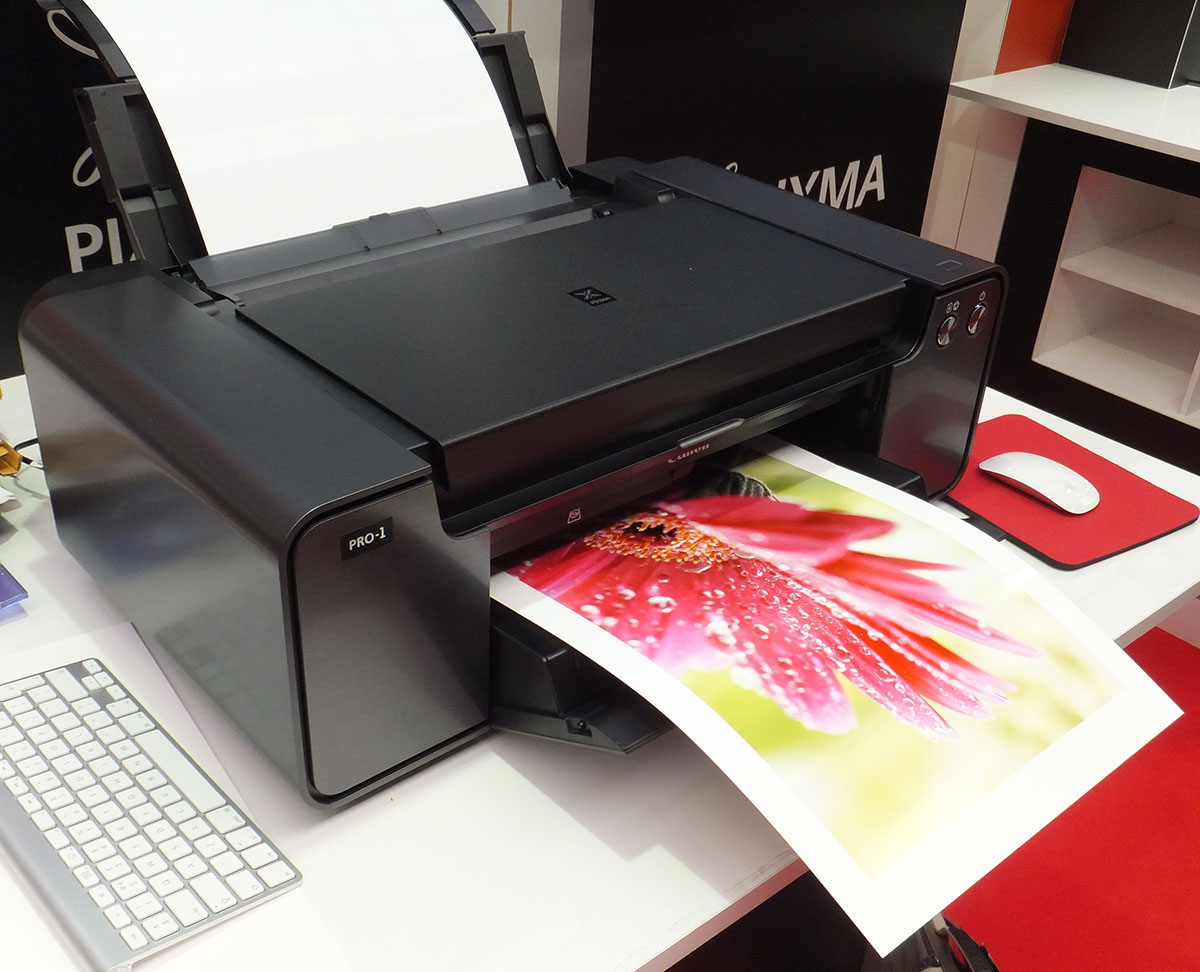
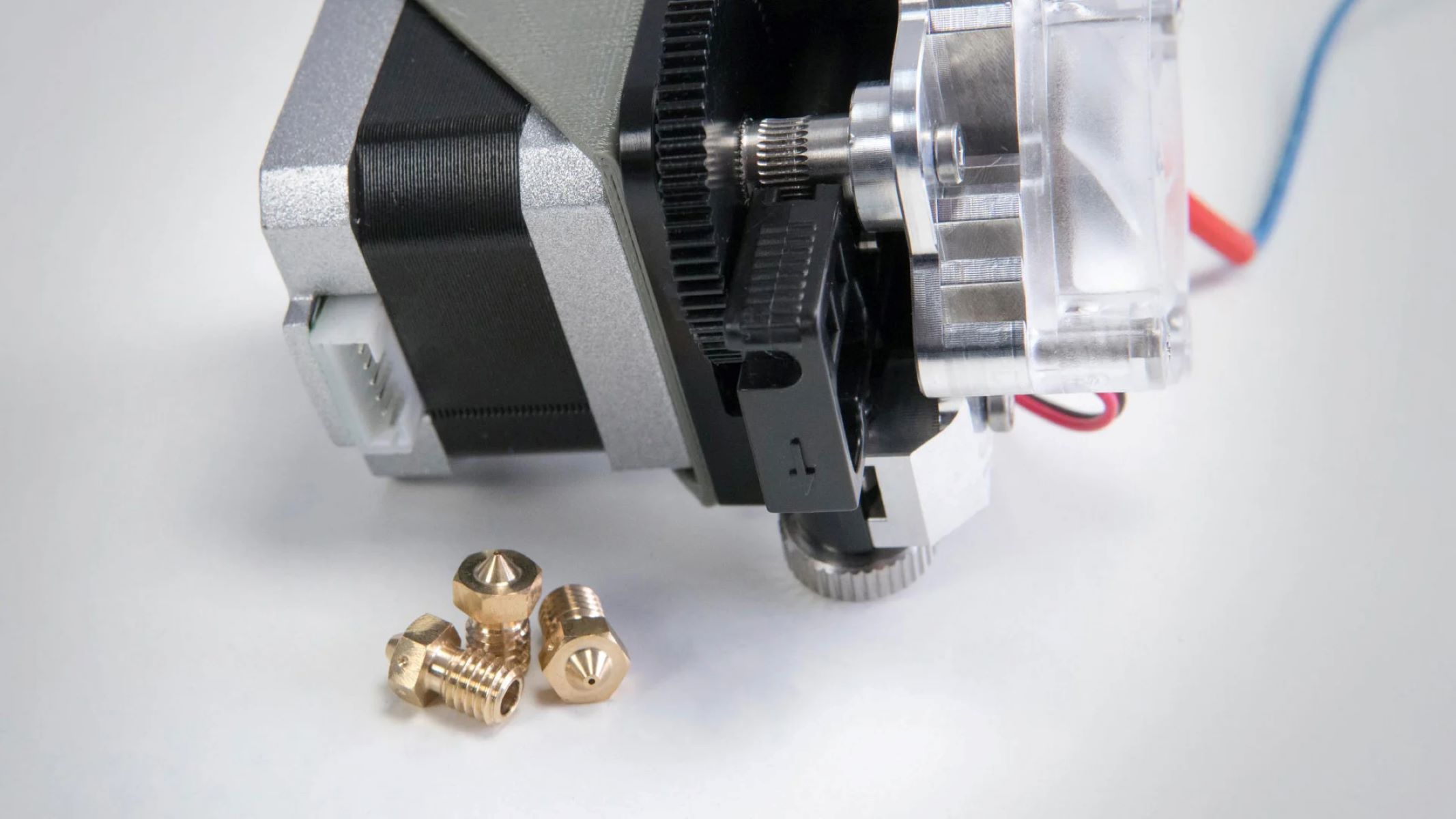
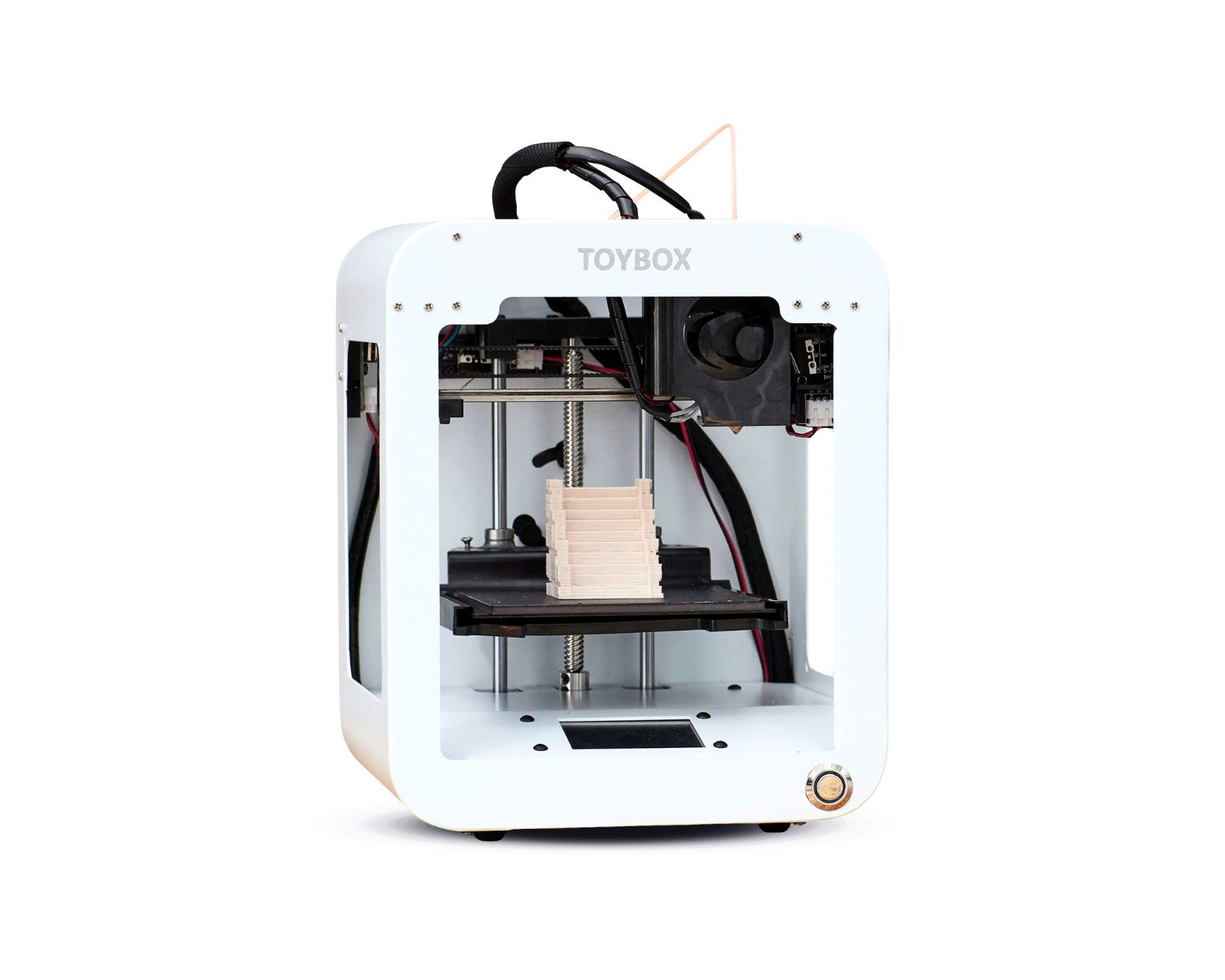
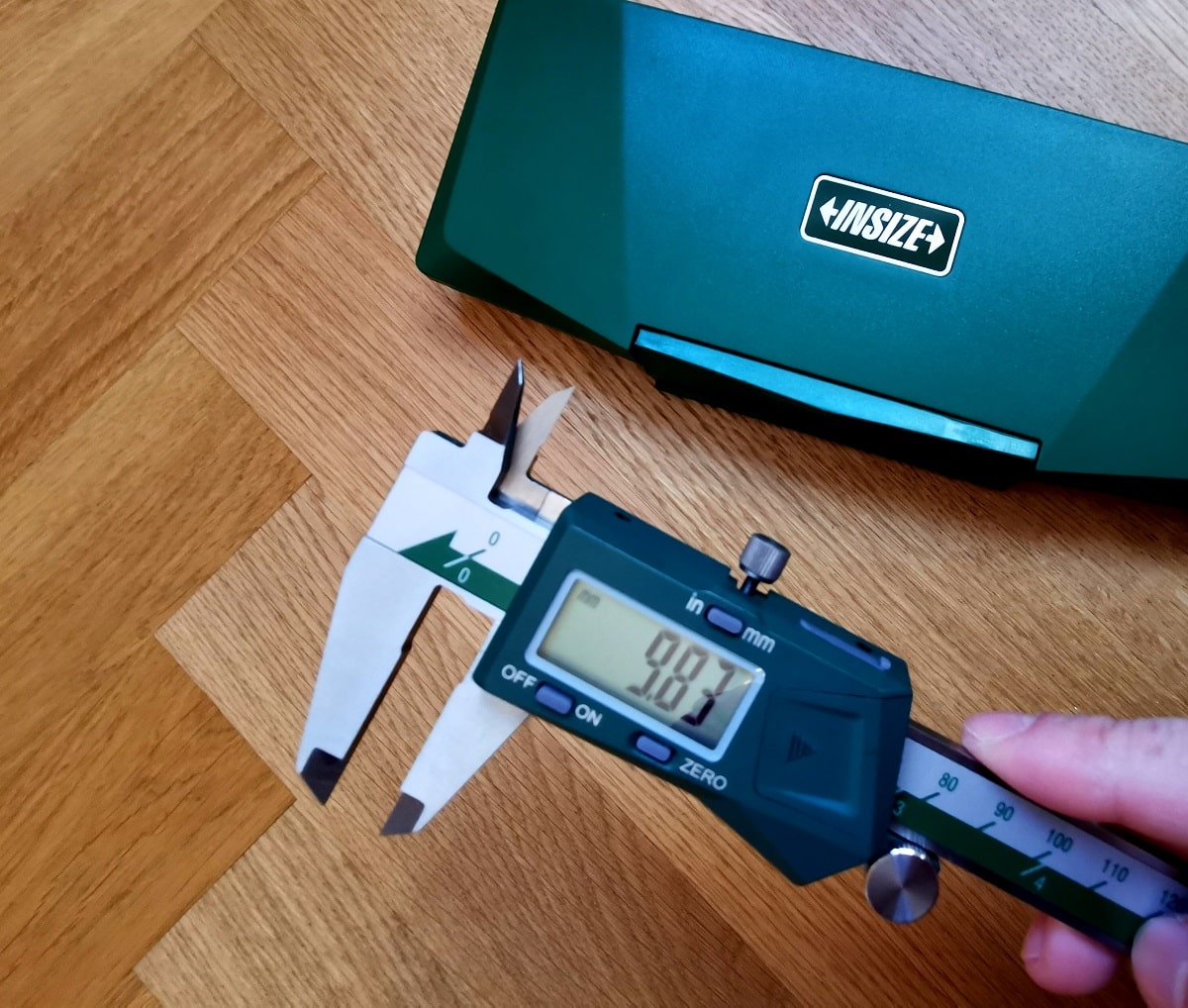
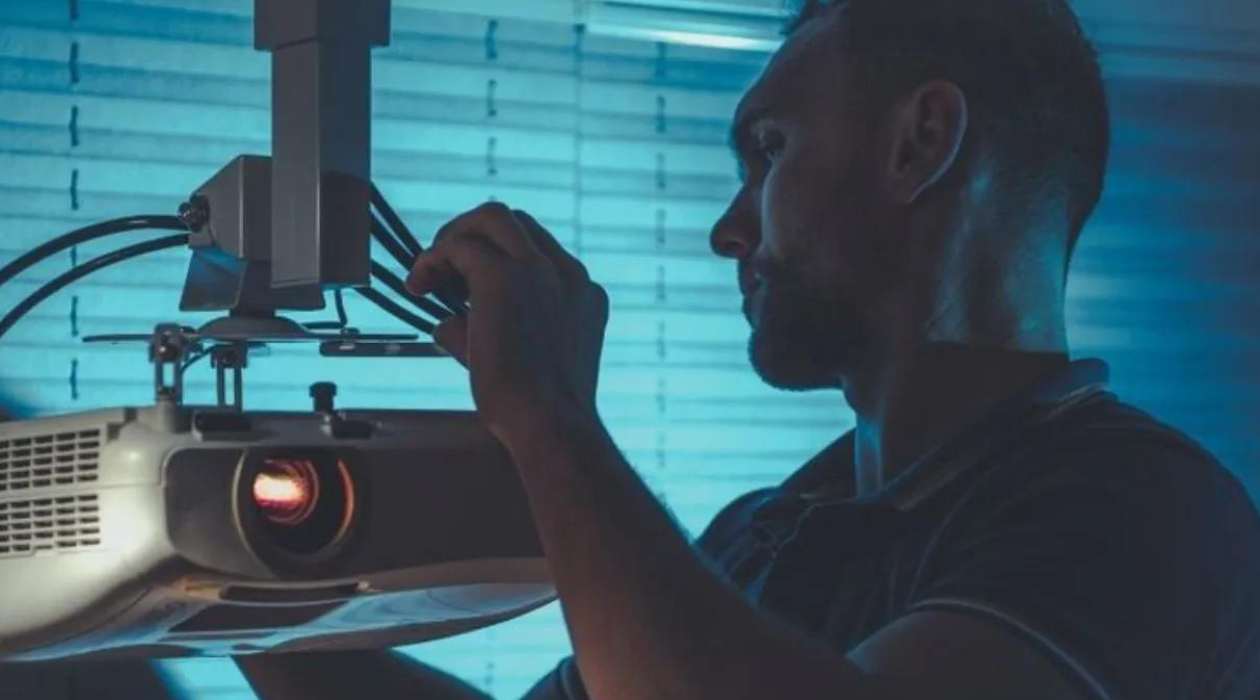
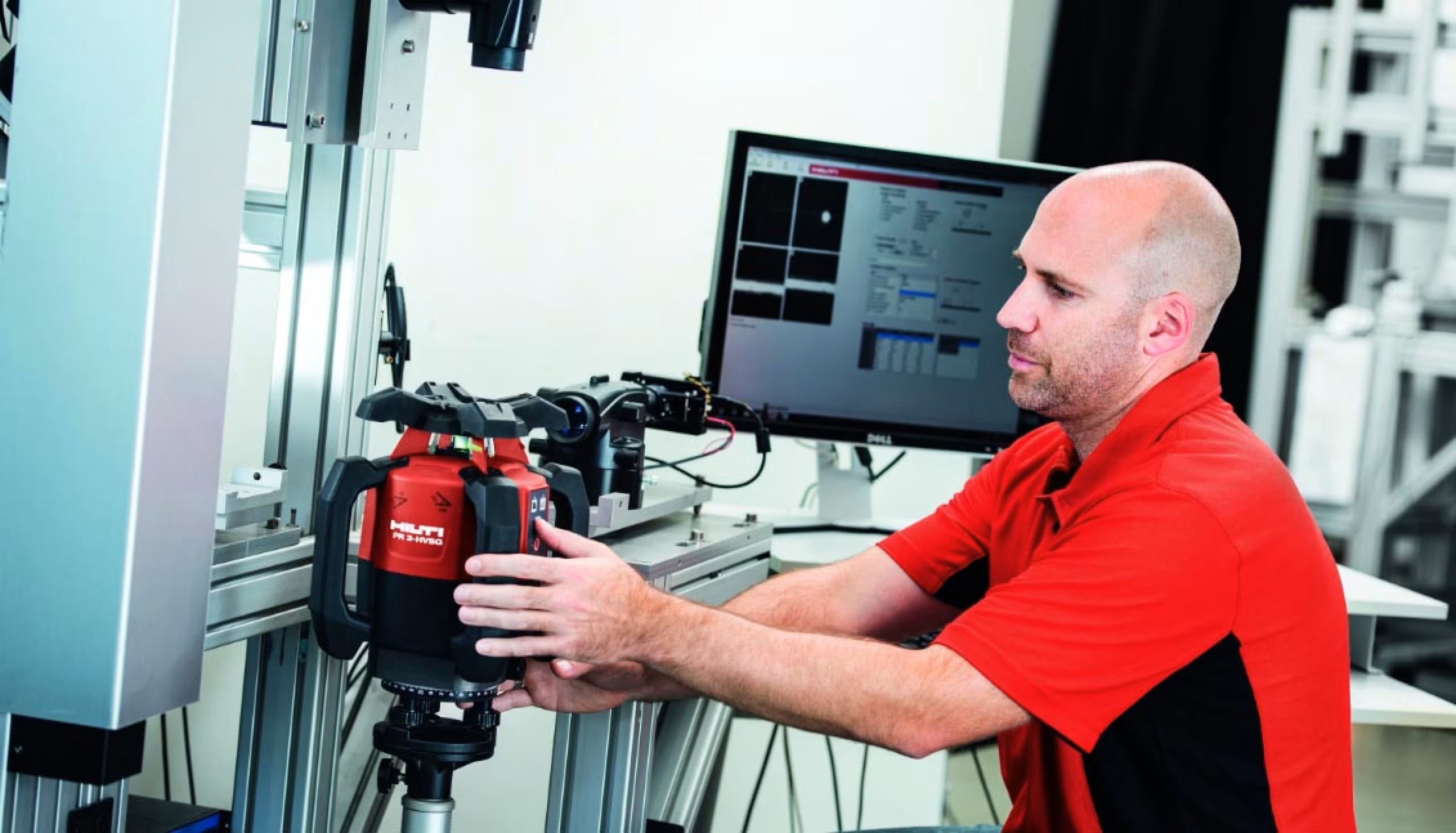
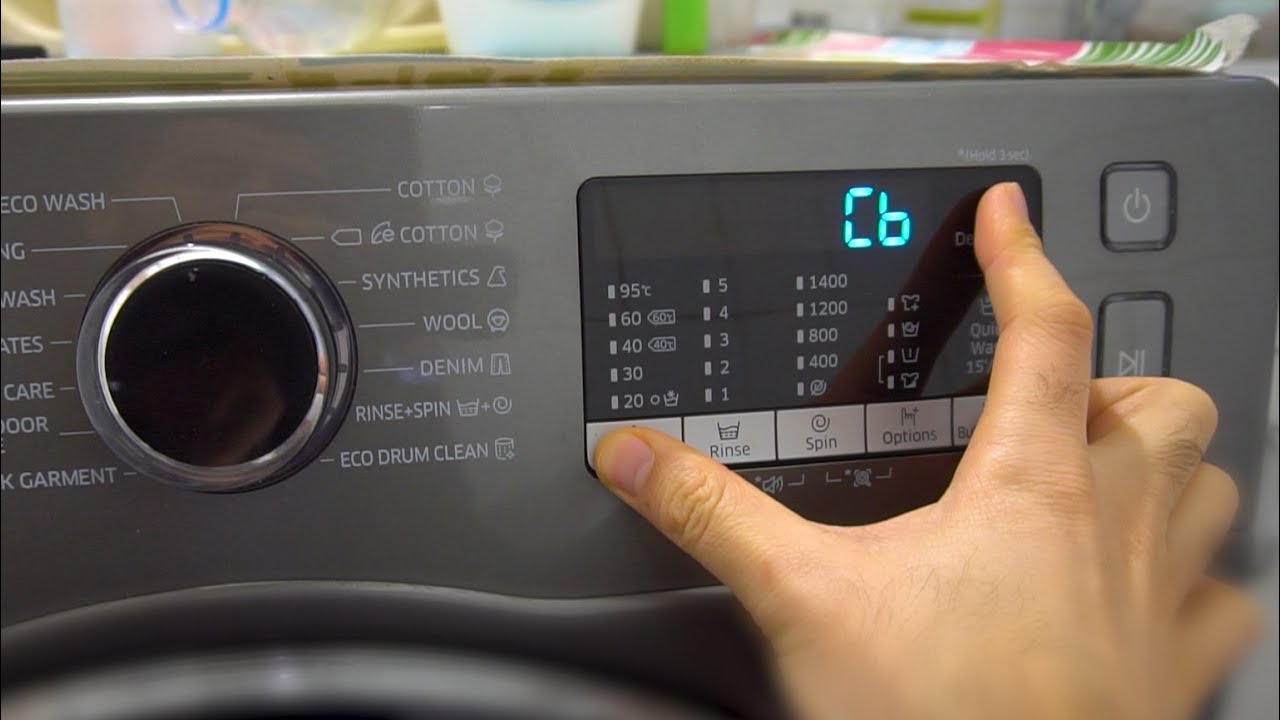
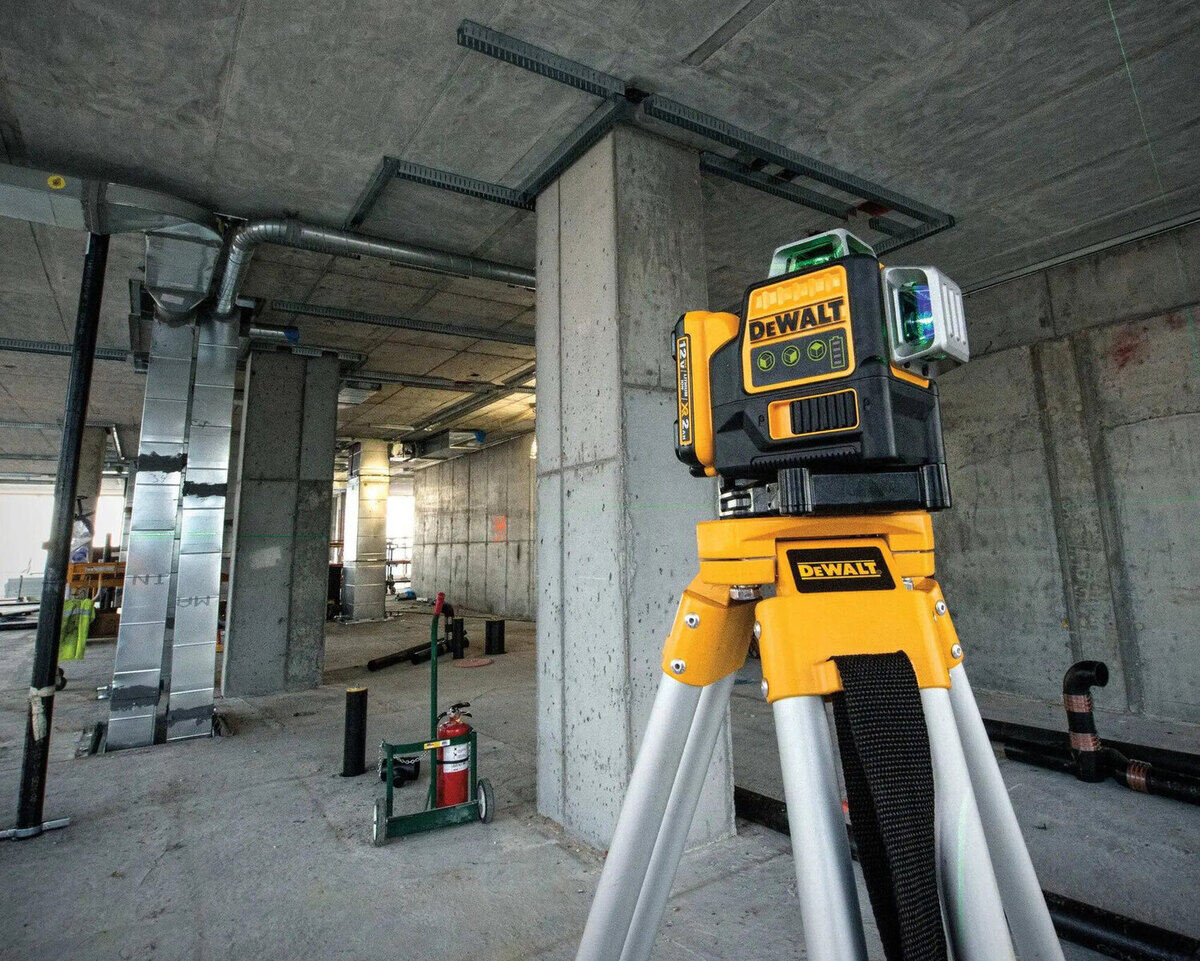
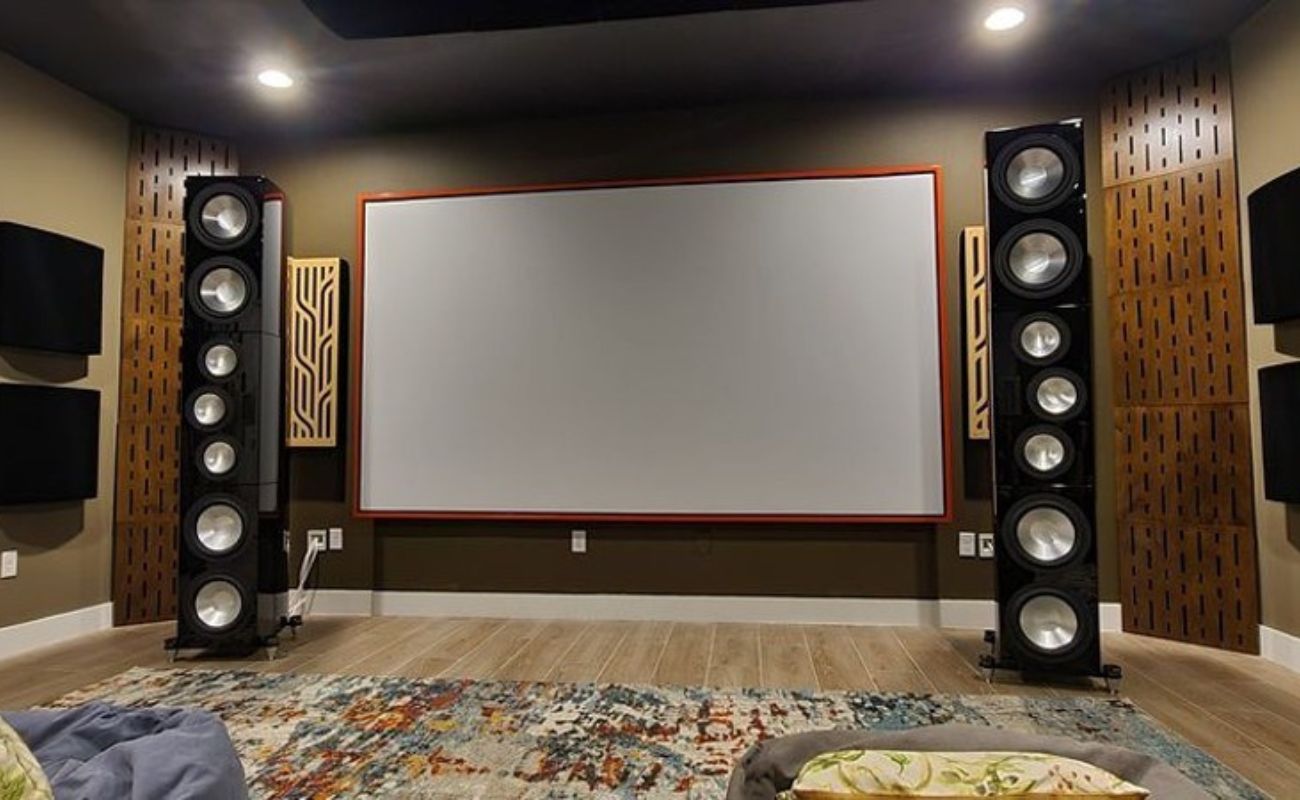
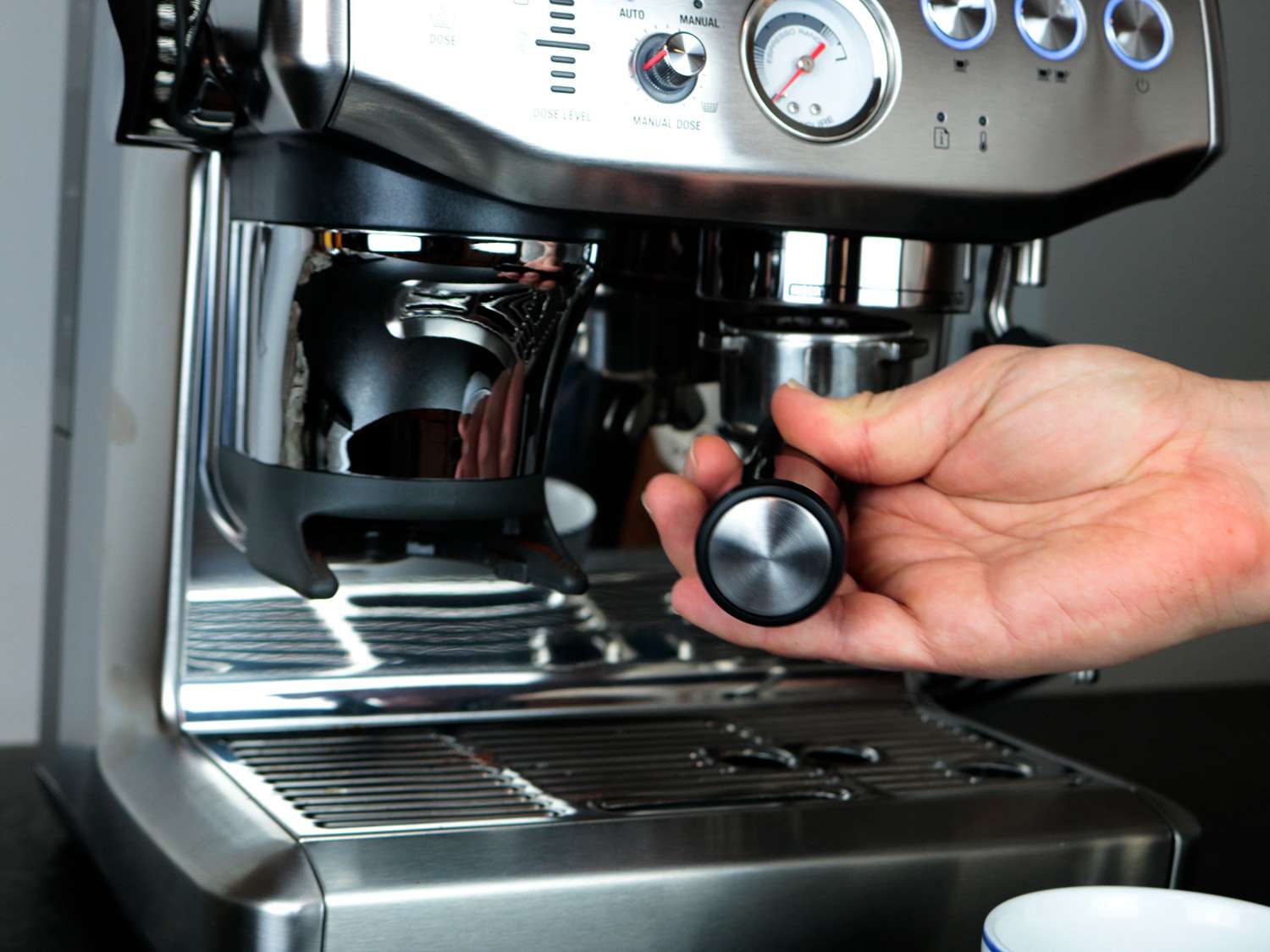
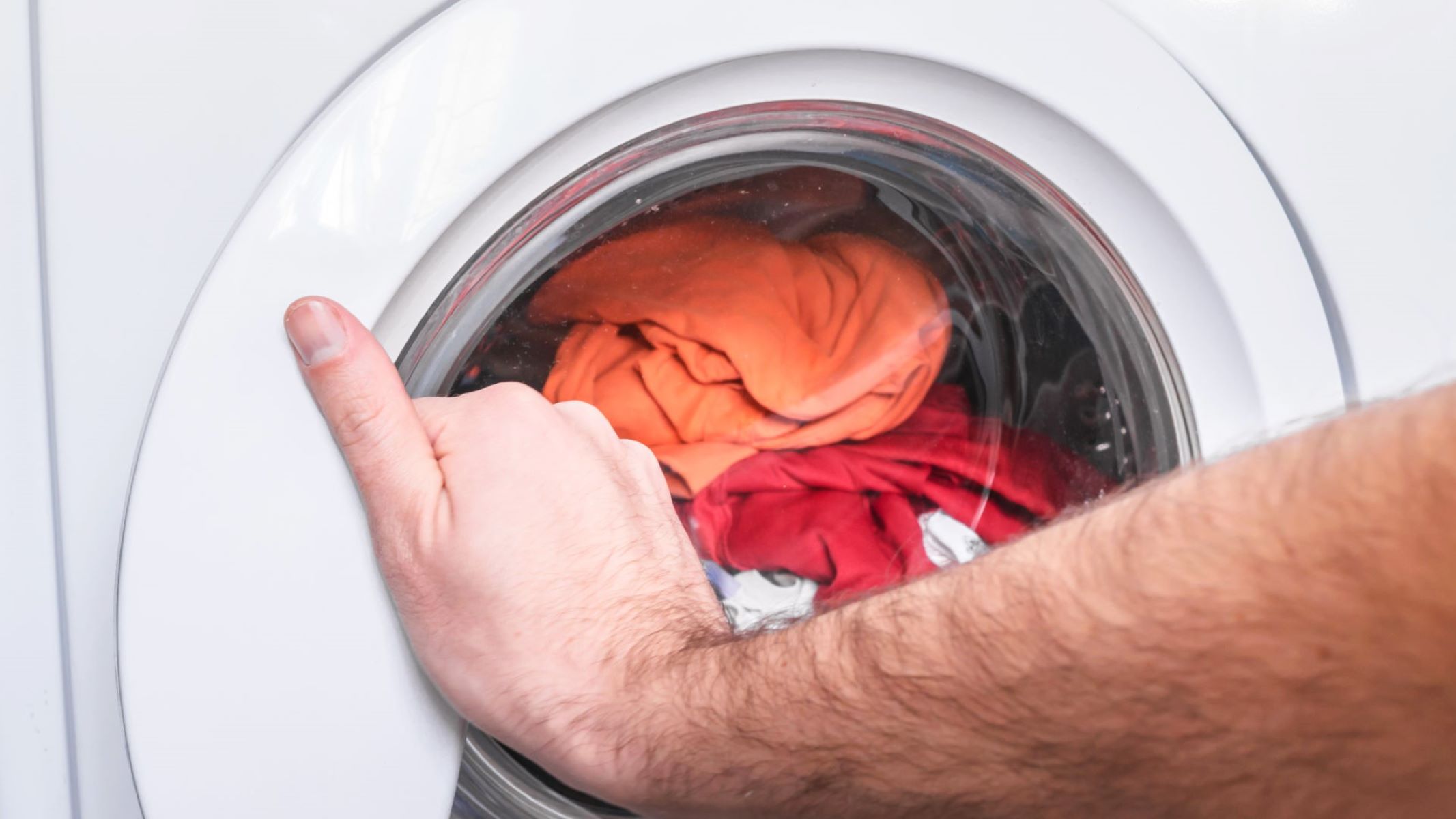
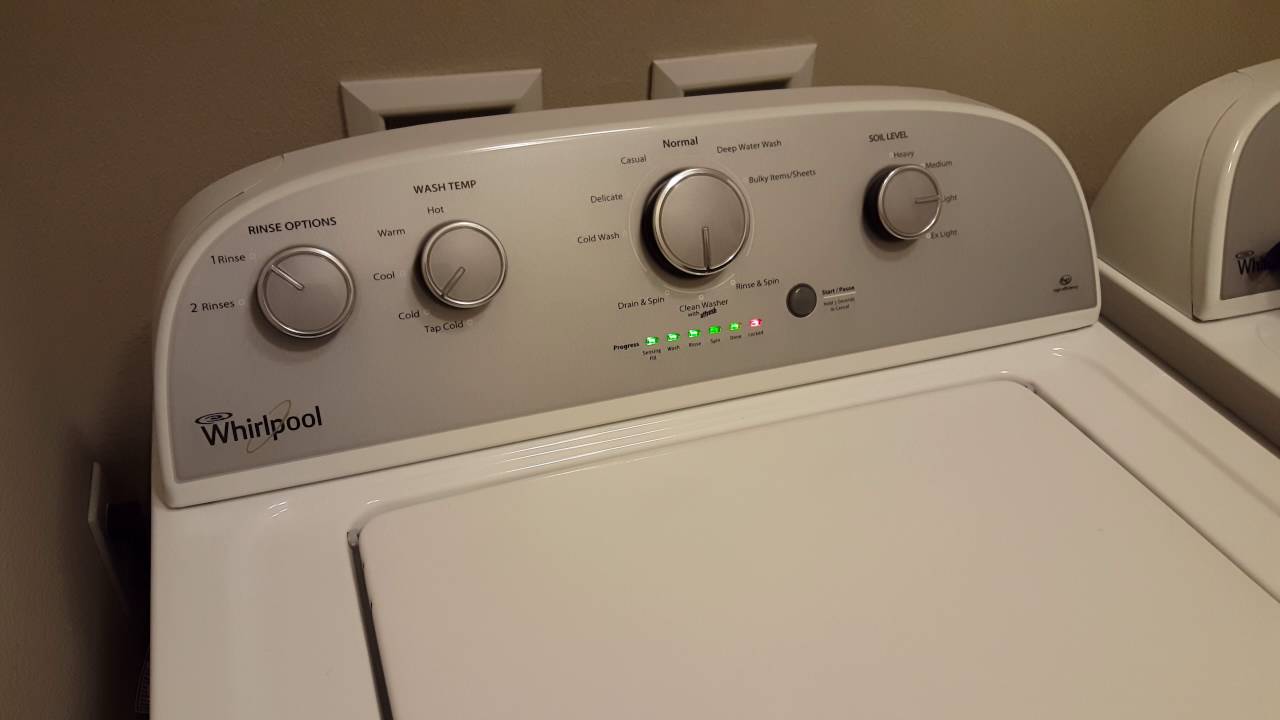
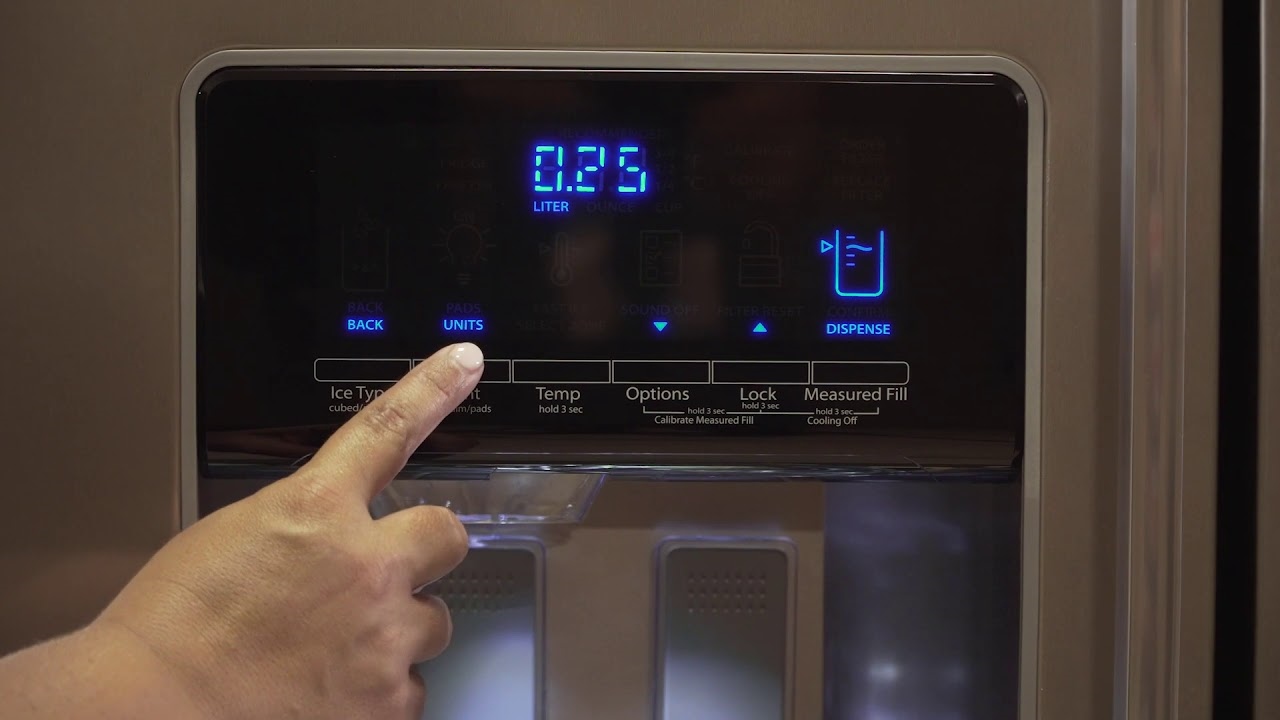
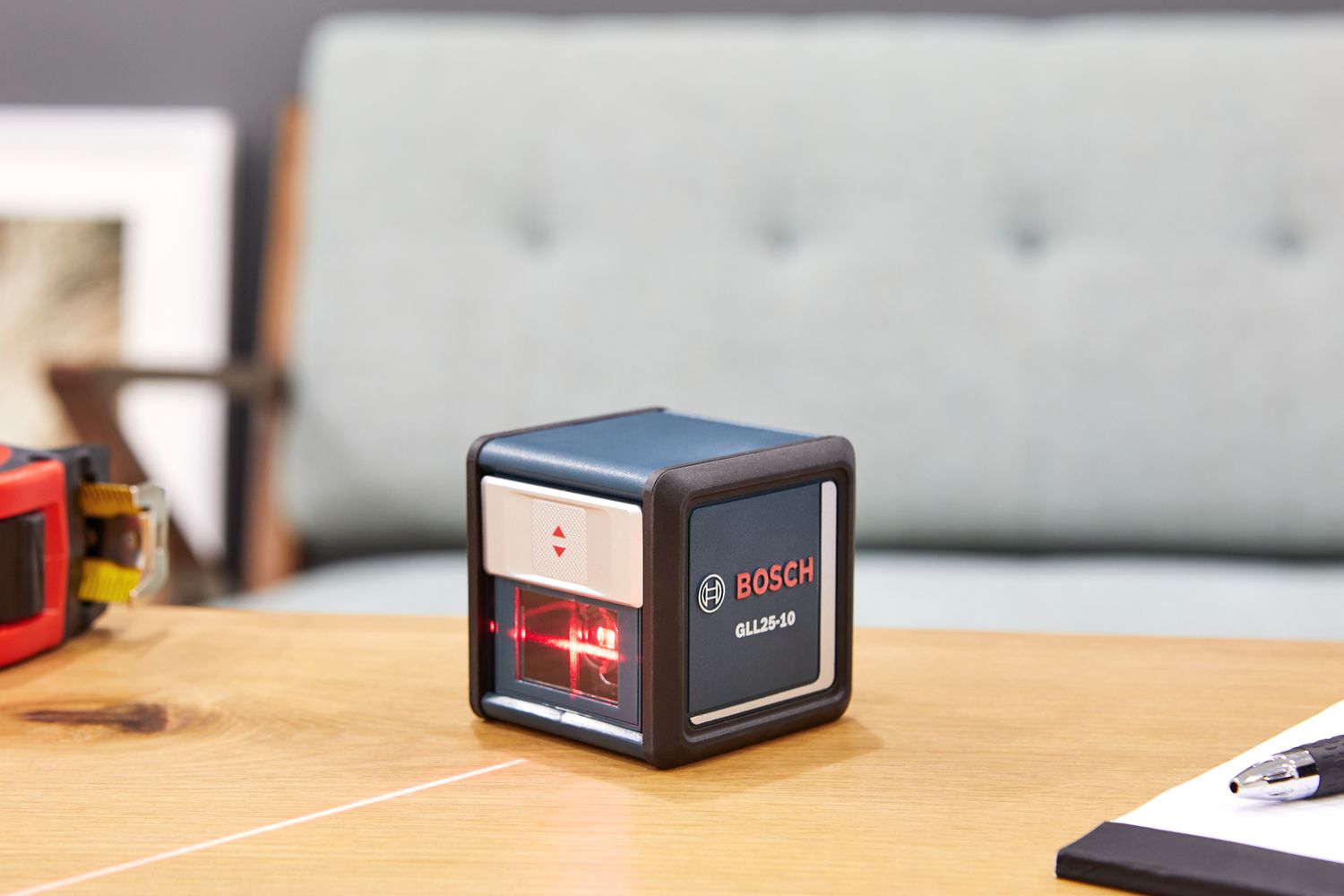

0 thoughts on “How To Calibrate A Printer”